Mark Casper is without doubt a hugely successful big fish angler. He has an enviable track record when it comes to big carp captures from some of the most prestigious waters in the South East of England. From low stock inland sea’s to highly pressured big fish circuit waters, he has an uncanny knack for identifying how, where and when to angle for and then catch some of the country’s finest! Unsurprisingly, he has some strongly held opinions on rig craft, and in the following piece he opens up on how he feels the Chod rig is best used to maximum effect….
Over the past year or so I’ve received lots of messages on the Specialized Hookbaits Facebook page regarding rigs to use with our range of cork balled pop ups. I’ve also had stacks of people messaging me who already use the ever popular Chod Rig with our hookbaits, because despite having no problems getting lots of bites, they seem to lose a disproportionately high percentage of them shortly after they bend into a carp. I must admit, unless there is heavy weed or silt about then I would normally prefer to use a hinged stiff rig on a Covert Lead Clip. However, I have caught a hell of a lot of Carp from choddy areas and soft bottoms using chod rigs and I honestly cannot remember the last time I lost one of them to a hook pull, so I will try to explain to you exactly why here.
Forget the rigs in the photograph for a minute.
Most of the time, whenever I see anglers using this rig over the last few years, it’s apparent that in 99% of cases the terminal tackle is set up with the lead as the bottom point of pressure for the rig. That is the Flexi-Ring swivel that holds the choddy hook link is free to slide down to a short buffer rubber sleeve of some description above the lead.
Sound familiar? It’s the standard chod rig that is probably cast out into every single carp lake up and down the country most weekends. Set up like this, in my opinion, it’s a great way of getting a bite, but it’s also probably the most effective rig you can cast out for losing carp with due to hook pulls!
When you get the bite, the rig section is normally always a few feet away from the lead with a chod rig and your line will be on a pivot as the carp pricks itself and charges off. The buzzer sounds and you pick up the rod, bend into it. At the rig end, the pivot in the line/leader is immediately straightened and the lead is now sliding back towards the carp’s mouth.
The carp will now be a few feet off the bottom, the lead is below the fishes mouth and pulling up at speed. When the ring swivel of your chod rig hits that lead, attached to a stiff very short hook link, the pressure is all upwards on your hook hold.
The chances of landing that fish will have been greatly reduced due to the force just described either popping the hook out or substantially weakening your hook hold. Basically, before you get the chance to set the hook properly, the lead is working against you by forcing the hook out. The result, a lot of the time, is a lost carp!
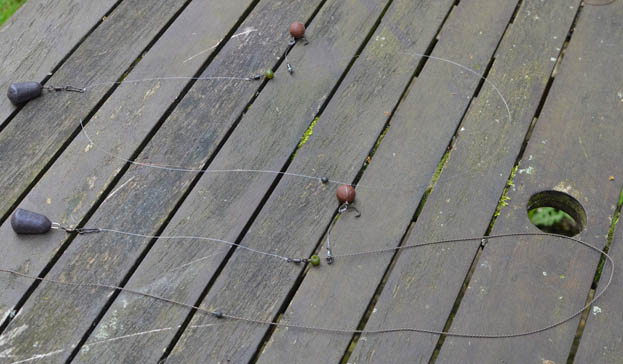
There is a very simple way to completely avoid this; in fact you can actually reverse this force back to your advantage. A simple 6 to 8″ boom at the bottom of your chod rigs solves this problem completely. Instead of the lead being the bottom point of pressure for the rig, the swivel at the top of the boom is now the bottom point of pressure. This means that now, when the lead is hurtling back towards the rig as you bend into the hooked carp, the boom ensures the lead and all pressure is downwards on the hook hold as the lead is still below the fish’s mouth. Now all you’re doing is pulling the hook in even more.
I almost always use Fluorocarbon when using Chods. The naked setup in the photograph is set up on Gardner 14lb Mirage which is 0.35mm. The top bead consists of a medium Gardner ‘Target Line Stop’ (which sink incidentally), with a Covert Safety Bead pushed over it. Then the hook section is Trip Wire 25lb, with a Covert Chod size 5 which has been Jag penned to just below the point after sharpening. Below that is a large buffer bead. The boom section consists of a size 8 swivel tied to 6 inches of Mirage mainline that is tied to a Covert Easi-Clip just for the convenience of attaching the lead easily – and changing lead size when I need to.
The leadcore setup is rigged with Gardner 35lb CamFlex lead core (this stuff is the nuts!) and again uses a Covert Safety Bead over some 0.5mm XT Silicone tubing. This arrangement still pulls free very easily – and the other parts of the setup like the hook section are exactly the same as on the naked set up. I still use fluorocarbon on my leadcore setup for the boom section as I find it helps the leadcore lay very flat when fishing over soft bottoms.
Hope some of that is a help to some of you, if you suffer hook pulls regularly with chod rigs it should do.



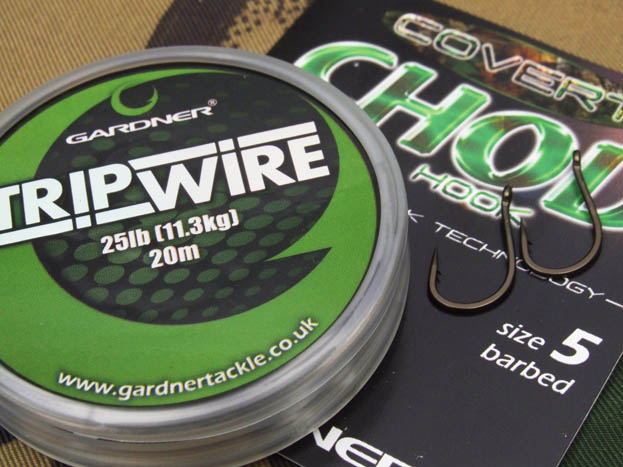
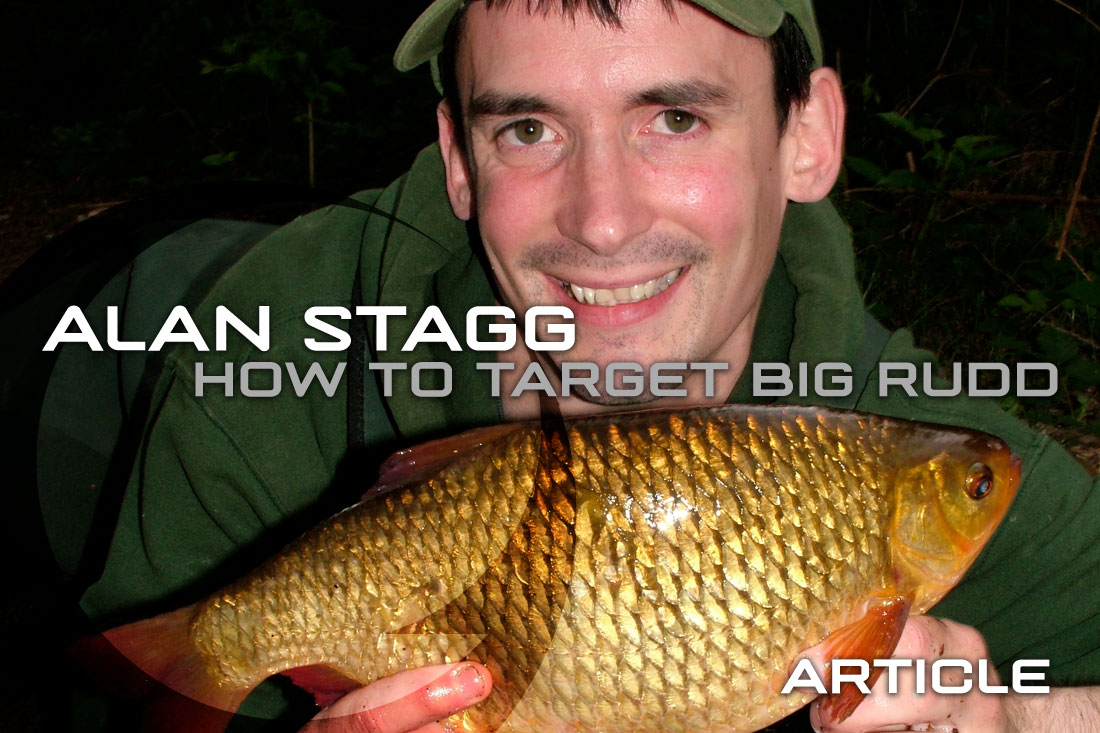
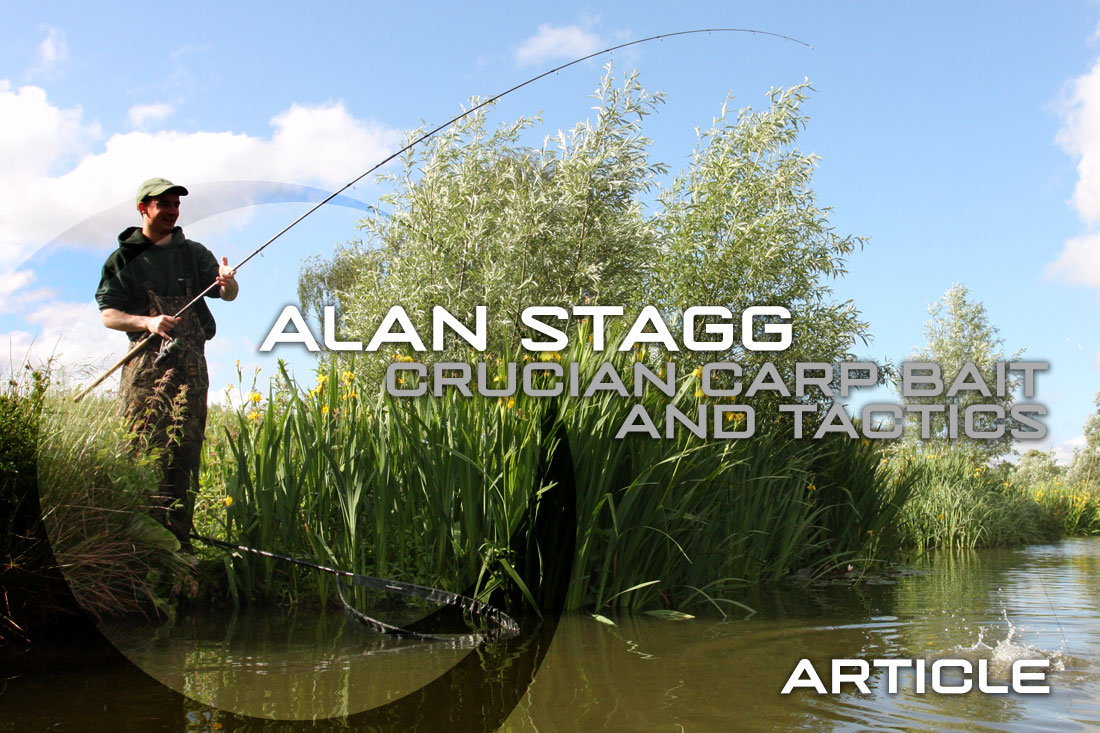

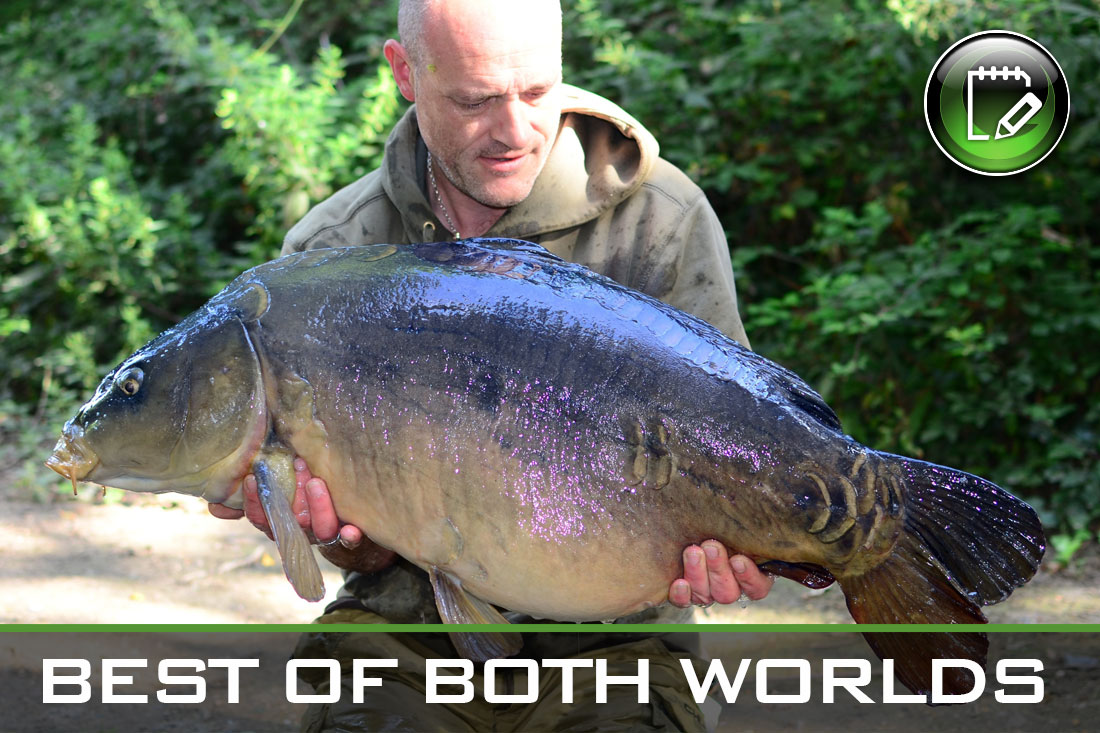
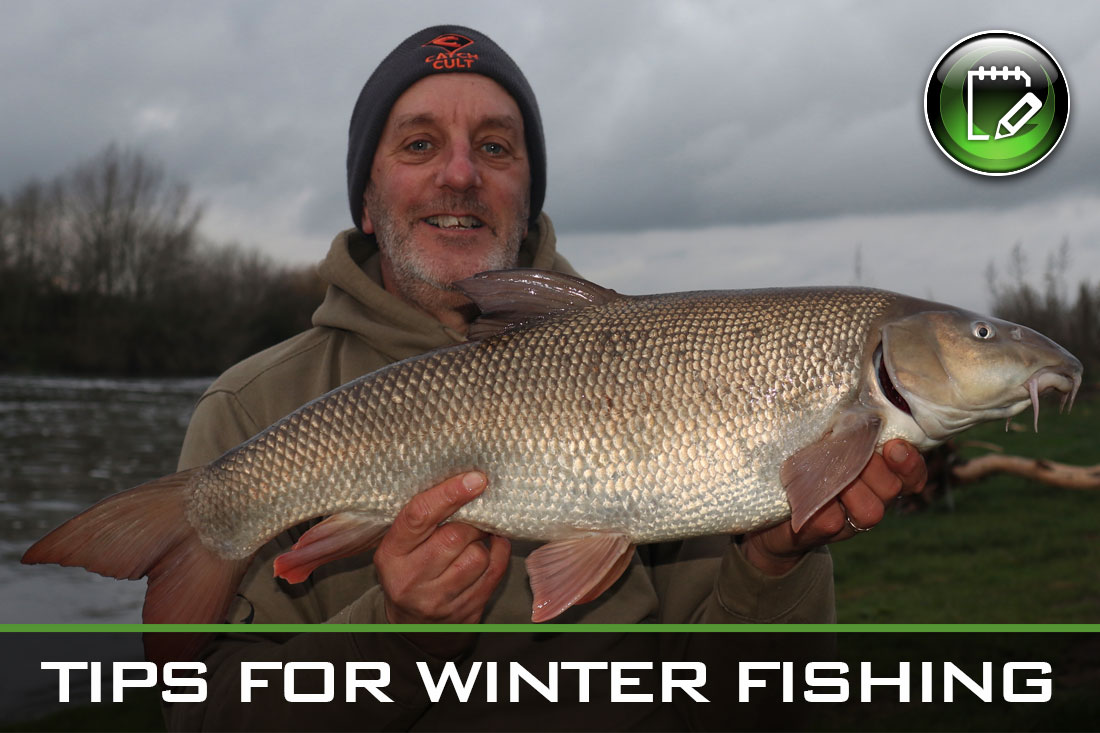
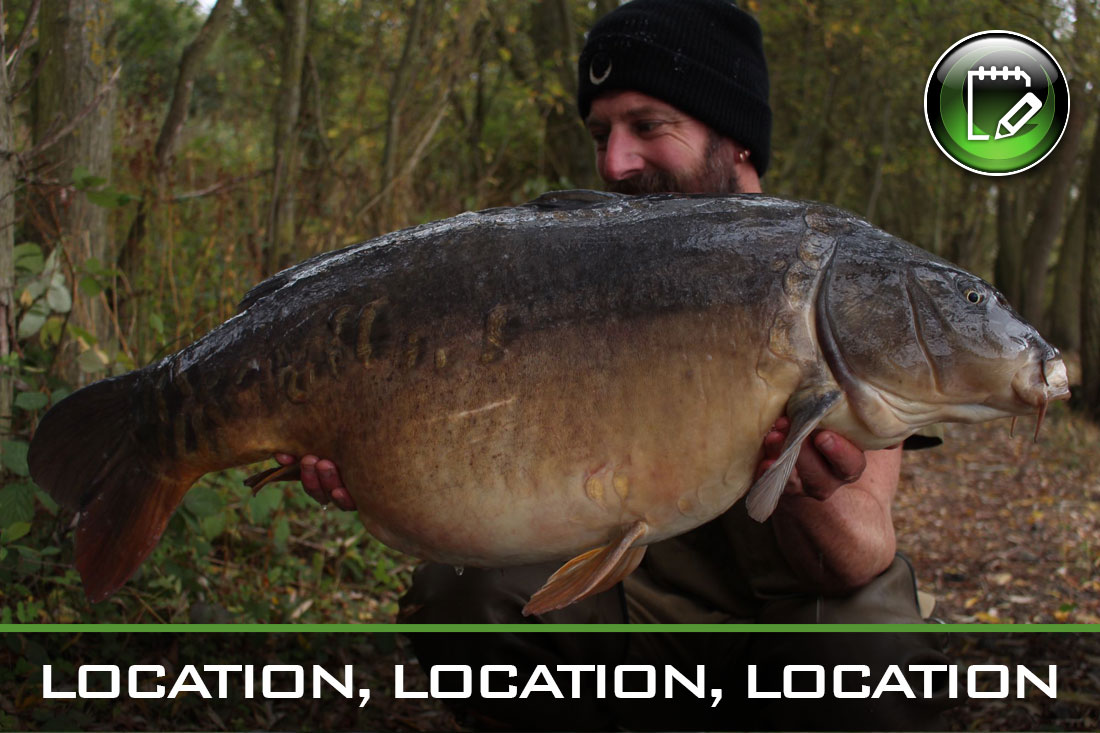
Great tip lost a few on Naked chods over the last few years myself . What bottom bait rigs do you advise for fishing over small amounts of bait or do you go in with pop ups even on shallow spots
Hi Mark
We have spoken to Mark about this question (he’s currently fishing for the first week down on the Thames so wasn’t available to answer directly) and he expressed the following advice in relation to your question. Having fished with him before (down at Ropach Pit) we had guessed what the answer would be but we thought it prudent to have a chat rather than be presumptuous and answer for him….
He said that he would rather use a subtle bottom bait presentation on a clear shallow spot, and normally uses a small hookbait in combination with a (small) beaked point hook and short pale coloured skinned hooklink to maintain the best level of camouflage possible. In terms of the GT range this would be a size 8 Wide Gape Talon Tip and Brown Ultra Skin hooklink.
He combines this simple but effective rig with a really big lead on a lead clip – and it works a treat!
I have witnessed him out fish most other anglers through mass baiting with his garlic hemp (which stinks) and this very subtle rig. The other important things are hook bait placement and making sure that the line to the spot is laid down as well as possible – as the carp can be acutely aware of the line in shallow water.
Hope this helps,
The Gardner Team